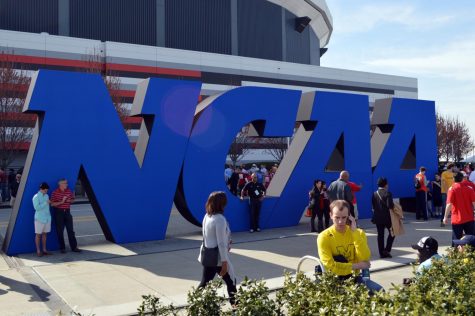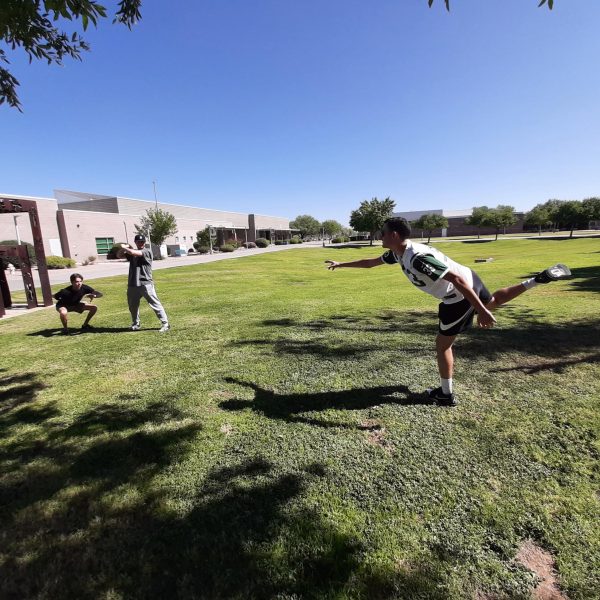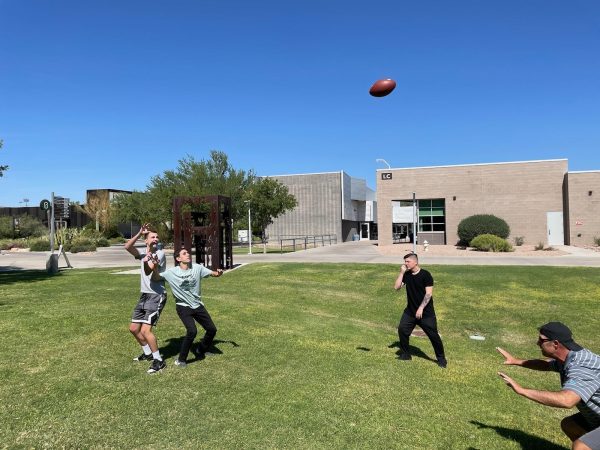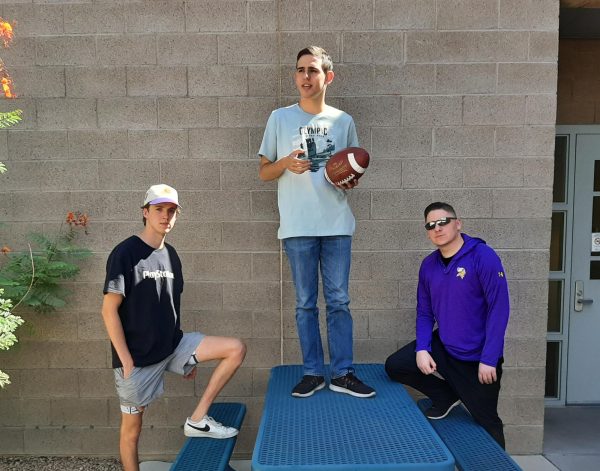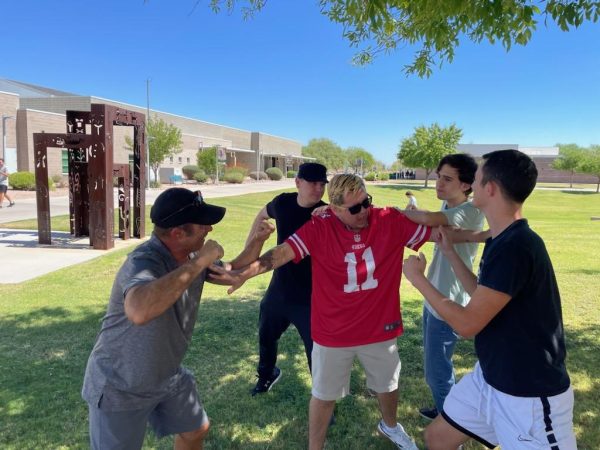Brain vs. Brawn: Who’s better in the broadcasting booth?
January 5, 2015
Sports are one of the few things on this planet that can unite a nation, captivate an audience, and penetrate one’s soul to the deepest of depths. In every sporting event there is a story to be told and it is the broadcaster’s job to narrate that story.
On May 1, 2011, under the bright lights of Citizens Bank Park, the Philadelphia Phillies played the New York Mets in a seemingly meaningless baseball game. That is, until the 9th inning when the Philadelphia crowd began to chant, “U-S-A, U-S-A.” News sent out through cell phones spread through the crowd of more than 45,000 people that terrorist Osama Bin Laden had been killed. They decided to show their patriotic support accordingly. As the chants rose through the air, emotions rose with it and Dan Schulman, an ESPN baseball play-by-play announcer, took it upon himself to to explain to all of those watching the game what had occurred.
In the world of sports broadcasting there are two categories of announcers: the brains and the brawn. The brains in sports broadcasting are the people who went to school for journalism or broadcasting and did not play a professional sport. The brawn in the industry would be the retired athletes who provide a deeper perspective into the events that take place on the field.
A great example of someone who falls under the brain category would be someone like Al Michaels. A graduate from Arizona State University with a bachelors degree in broadcasting, Michaels never played organized sports past high school, but he’s been getting paid to talk about them for over 45 years.
Too bad for sports fans; not all members of the brain team can be stars like Al Michaels. Someone has to sit the bench and that’s the only place Joe Buck should be sitting. As a multi-sport broadcaster, Buck does okay during football season, but when it comes to his Major League Baseball broadcasts, he is the on-air equivalent of watching paint dry.
Opposite the brains, many athletes struggle with the idea of hanging up their cleats at the end of their careers so they attempt to make a transition into broadcasting. This is an obvious choice because it is a way to stay close to the game they love. Unfortunately, some make the move much smoother than others.
Chris Collinsworth, a former National Football League All-Pro wide receiver for the Cincinnati Bengals, is a great example of an athlete who looks just as comfortable in the booth as he did on the field.
Bobby Valentine, a former MLB player and manager, is, on the other hand, an announcer who can make a viewer cringe with the slightest comments. During one ESPN Sunday night baseball broadcast between the Cubs and Cardinals, Valentine gave a made-up statistic that a pitcher who bunts well can improve his record by four games, “changing a 8-8 record into 12-6.” What does that even mean? Not only does this statistic come from a far-off space located somewhere between Valentine’s ears, but his math does not add up.
Whether they realize it or not, sports commentators play a crucial role in the story happening on the field. As in any profession, not everyone takes pride in his job.
Legends like Harry Caray and Vin Scully can make even the biggest of baseball cynics tune in to a game. Some broadcasters not only narrate the events on the field but elevate the event to so much more than a game, creating a beautiful ballet of sorts that is accentuated by the play-by-play announcing of someone who genuinely enjoys his job. That is when the magic happens.




